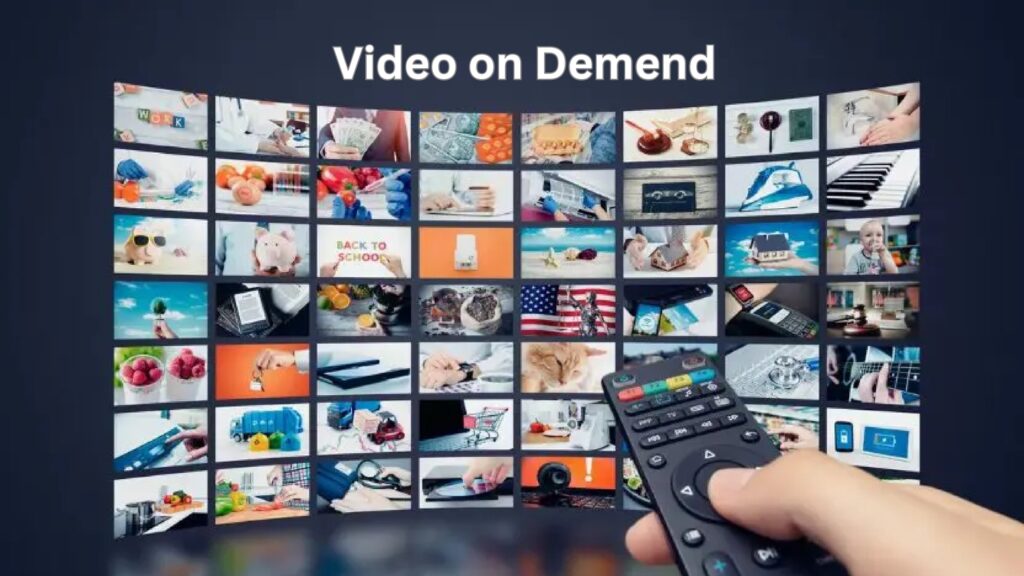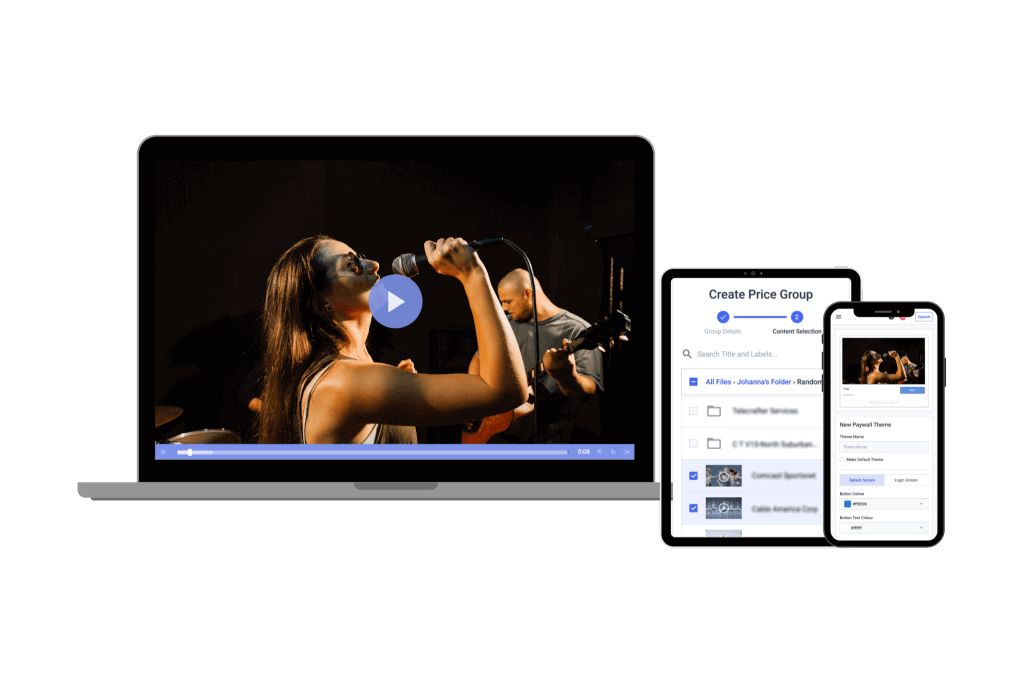In recent years, streaming has emerged as a dominant way to consume media, largely driven by the rise of Video On Demand (VOD) platforms. Unlike traditional broadcasting, VOD empowers viewers to watch their favorite content anytime, anywhere, on their preferred devices. This flexibility has revolutionized how people engage with media, contributing significantly to the industry’s explosive growth. In fact, the global VOD market, valued at USD 97.19 billion in 2023, is expected to soar to USD 399.05 billion by 2032, with an impressive compound annual growth rate (CAGR) of 17.0% from 2024 to 2032. In this comprehensive guide, we’ll dive deep into the world of VOD streaming—exploring its origins, current trends, and the future of this transformative technology.

What is Video On Demand (VOD) Streaming?
VOD streaming refers to the ability to stream video content on-demand, allowing viewers to watch what they want, when they want, without having to adhere to a traditional broadcast schedule. It is made possible through digital delivery, where the content is stored on servers and delivered over the internet to the viewer’s device.
The new trend is available in two main types: transactional VOD (TVOD) and subscription-based VOD (SVOD). TVOD involves paying for each individual piece of content, while SVOD involves paying a monthly fee for access to a library of content. With SVOD, viewers have access to a large catalog of content at a relatively low cost.
The History of VOD Streaming
The origins of VOD streaming can be traced back to the early 1990s. At that time, VOD was primarily used in hotel rooms as a way to provide guests with on-demand movies. However, as technology evolved, so did VOD. In the late 1990s, VOD started to gain popularity as a way to provide video content over the internet.
In the early 2000s, VOD streaming gained even more traction with the introduction of platforms like Netflix, Hulu, and Amazon Prime Video. These platforms offered a vast library of content for a low monthly fee, making it an attractive alternative to traditional cable TV.
How Does VOD Streaming Work?
When a user wants to watch a piece of content through VOD streaming, their device sends a request to the server hosting the content. The server then sends the video data back to the user’s device in real-time. This process is known as streaming.
VOD streaming can be delivered through a variety of devices, including smart TVs, gaming consoles, and mobile devices. The content is typically delivered in high-definition (HD) or ultra-high-definition (UHD) formats, providing viewers with a high-quality viewing experience.

Why is VOD Streaming So Popular?
VOD streaming has become increasingly popular in recent years, for a variety of reasons. For one, it offers greater flexibility and convenience than traditional broadcast TV. With VOD, viewers can watch what they want, when they want, on the device of their choice.
Additionally, VOD streaming has enabled the rise of streaming platforms like Netflix, Hulu, and Amazon Prime Video. These platforms offer a vast library of content for a low monthly fee, making them an attractive alternative to cable TV.
Finally, VOD streaming has made it easier for content creators to reach their audience. With traditional broadcast TV, getting content on the air can be a difficult and expensive process. With VOD, however, content creators can upload their content to a streaming platform and reach millions of viewers instantly. Yolocast helps people share their massage and lives to their friends and followers with VOD feature.
The Benefits of VOD Streaming for Content Creators
VOD streaming has many benefits for content creators. For one, it provides an easy way to reach a global audience. With VOD, content can be made available to viewers all over the world, 24/7. This means that content creators can potentially reach millions of viewers with little additional effort or expense.
Additionally, VOD streaming allows content creators to bypass the traditional broadcast channels and reach their audience directly. This provides more control over the content and allows for greater creativity.
Finally, VOD streaming allows for a variety of monetization options. Content creators can choose to charge viewers for access to their content, or they can opt for an ad-supported model where viewers watch ads in exchange for free access to the content.

Challenges of VOD Streaming
While VOD streaming offers many benefits, it also comes with its own set of challenges. One of the biggest challenges is ensuring a high-quality viewing experience for viewers. This requires a fast and reliable internet connection, as well as the right encoding and delivery mechanisms.
Another challenge is managing the costs associated with VOD streaming. Hosting and delivering video content can be expensive, especially for smaller content creators. Additionally, content creators must consider the costs associated with producing high-quality content, which can be time-consuming and require significant investment.
Finally, VOD streaming also faces challenges related to content piracy. Since the content is delivered digitally, it is vulnerable to piracy and theft. This can result in lost revenue for content creators and streaming platforms alike.
The Future of VOD Streaming
Despite the challenges, VOD streaming is expected to continue to grow in popularity in the coming years. The rise of streaming platforms like Netflix and Hulu has disrupted the traditional broadcast TV model, and consumers have come to expect a high degree of flexibility and convenience in their viewing experience.
In the future, we can expect to see even more innovative VOD streaming technologies, such as virtual and augmented reality, as well as increased personalization and customization options for viewers.
Conclusion
VOD streaming has revolutionized the way we consume video content. With its flexibility, convenience, and global reach, it has become an increasingly popular alternative to traditional broadcast TV. While it does come with its own set of challenges, VOD streaming offers many benefits for content creators and viewers alike.
28,043 total views, 23 views today

Aura, the marketing specialist at YoloLiv. With her extensive work experience and motivated work attitude, she continually encourages user issue solutions and feature request fulfillment in order to satisfy the demands of more people.


